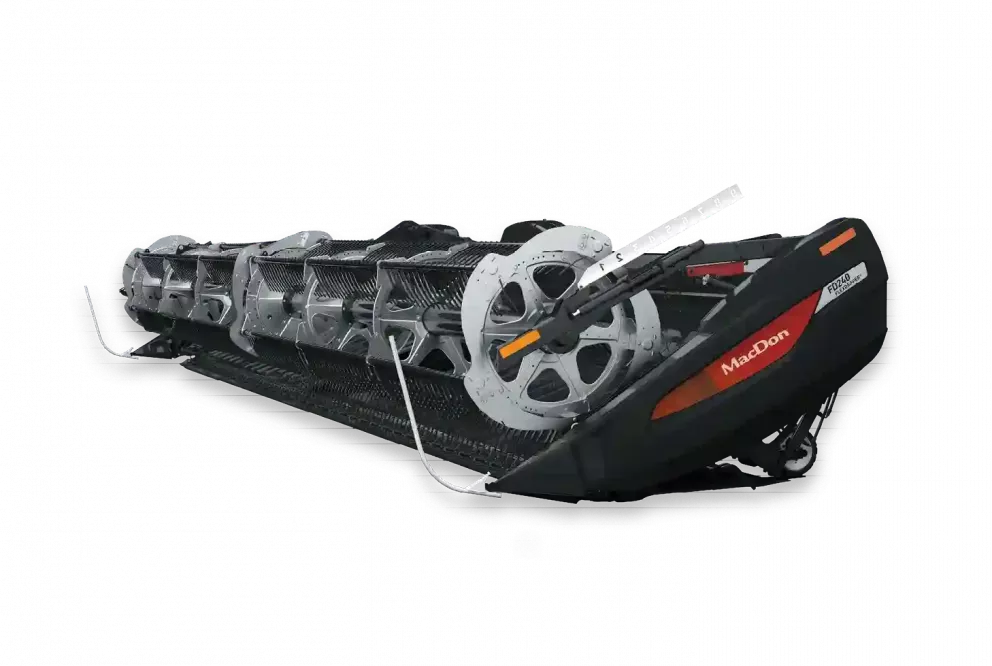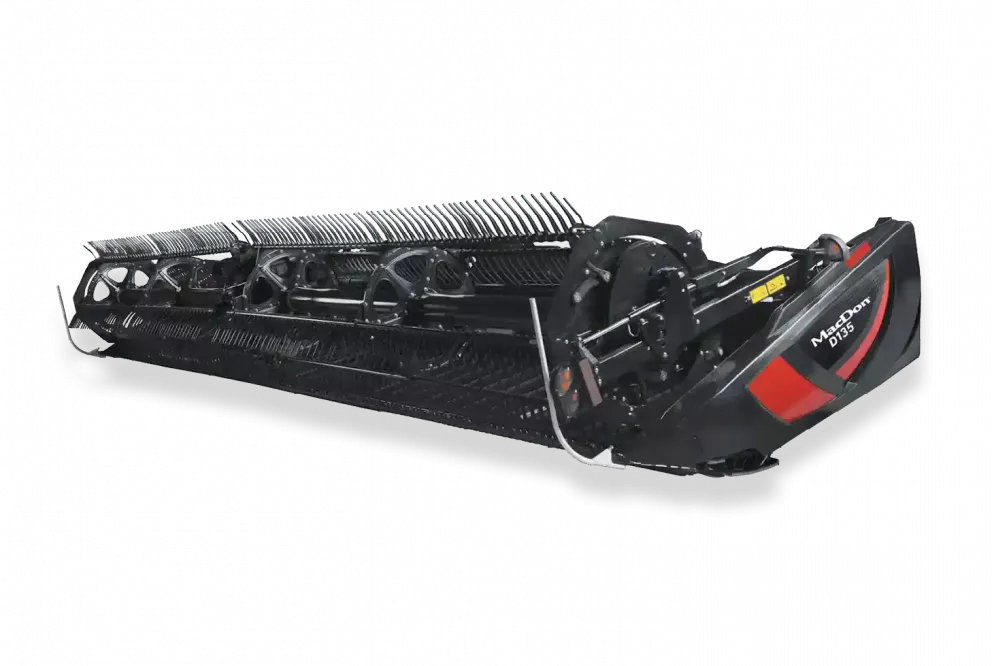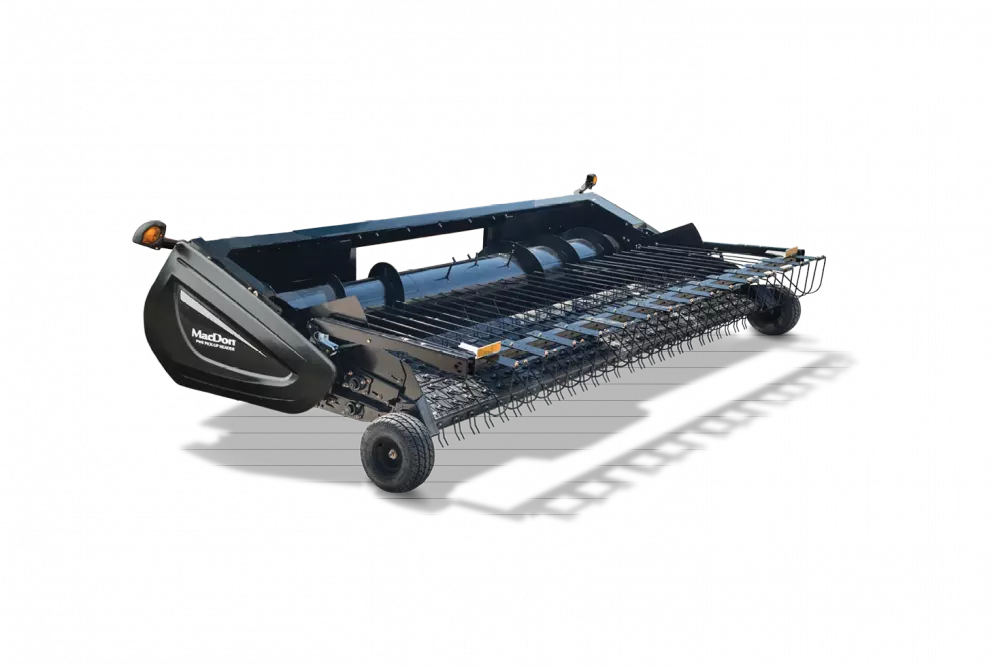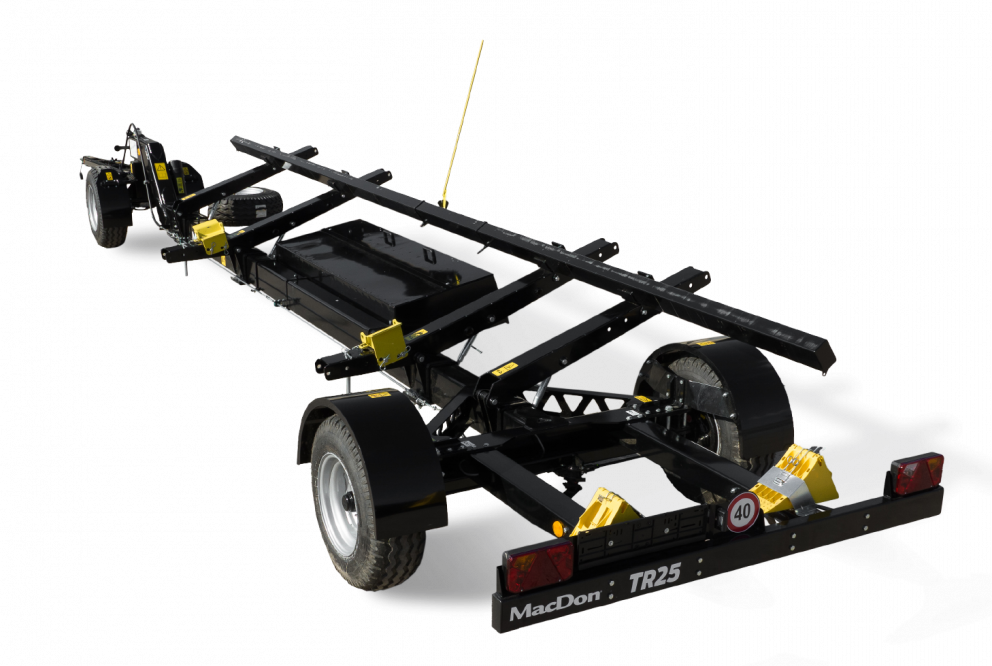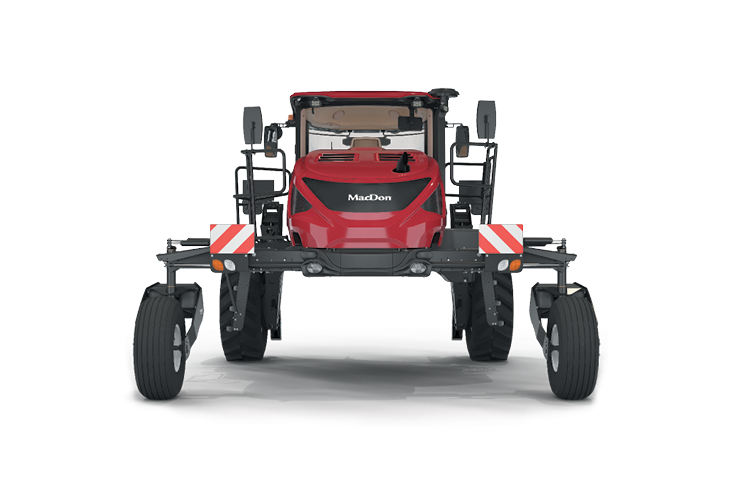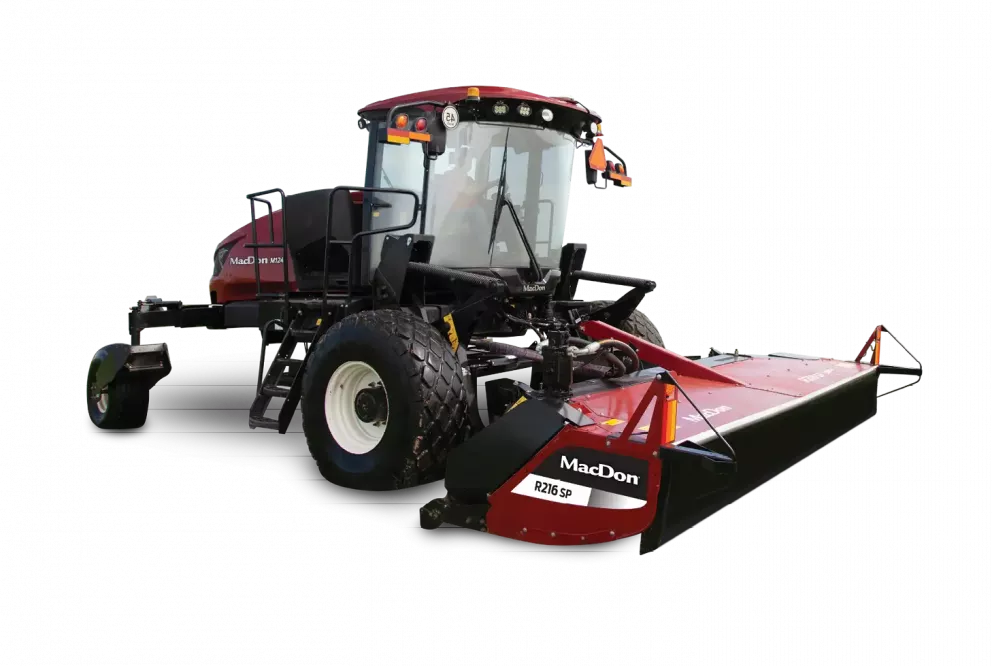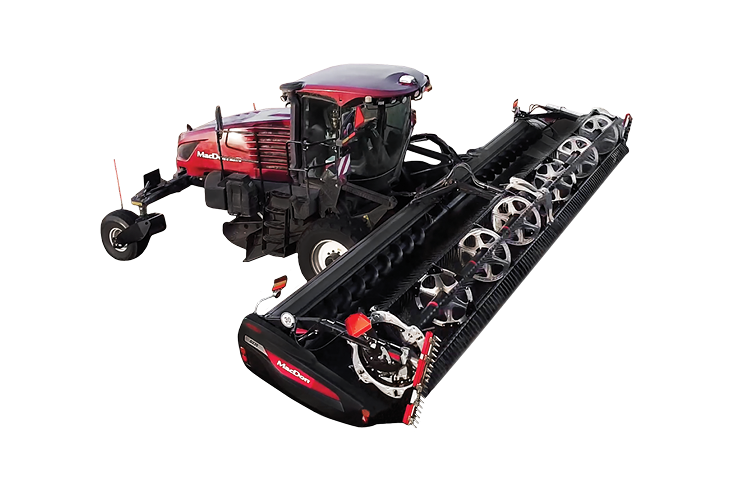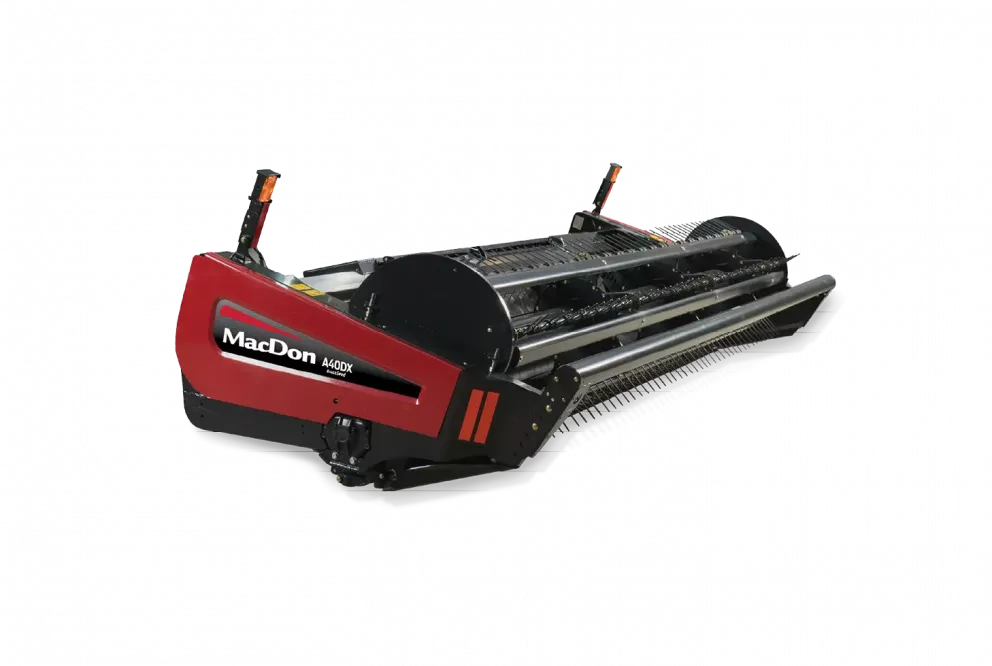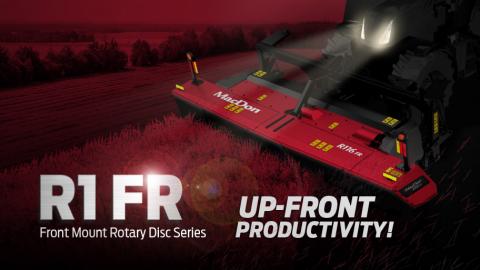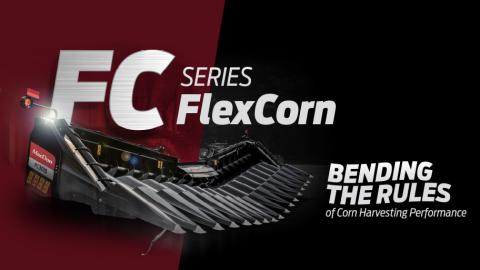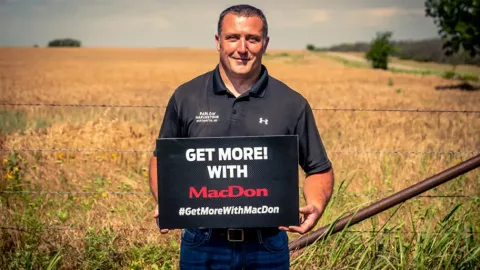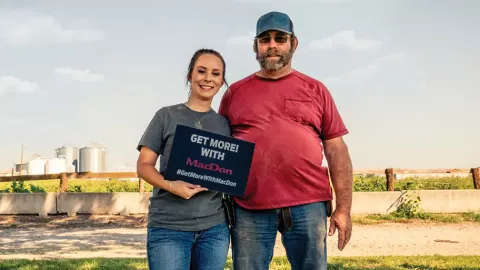Cutting a swath through Australia
Thirty-five years ago a Urania farmer helped Australia embrace windrowing.
MACDON AT THE TIME WAS UNHEARD OF IN AUSTRALIA, AND THE PRACTICE OF WINDROWING WAS ALMOST UNKNOWN.
This year marks the 35th anniversary of the first MacDon windrower being sold in Australia. That unit (actually three) was sold to Trevor Greenslade, a most enterprising and innovative farmer from Australia’s Yorke Peninsula who had come to North America, with his wife in 1975, with the specific intention of bringing home a wider North American style windrower – then something almost impossible to find in Australia due to the reluctance of the major equipment manufacturers to bring them into the country. Fortunately, his search for a windrower in the U.S. and Canada proved a little more challenging than he first imagined.
“We saw thousands of them in dealerships, but they were all retailed,” said Trevor Greenslade from his farm near Urania, South Australia. “We had just about given up when a salesman in Winnipeg said most windrowers were actually manufactured under OEM contract by MacDon, but they only sold to the large companies. They were just down the road so I took a chance and called the company. I was fortunate enough to be able to talk to the owner, Mr. Joe MacDonald.”
That call turned out to be the start of not only one of MacDon’s longest standing relationships in its over sixty year history, but also the beginning of modern windrowing in Australia.
“In the mid 1960s there were a few windrowers sold in Australia, but the idea never really took off. The machines were narrow, very basic and not very reliable, with crank handle starters and steel plough seats.”
Greenslade says that at the time what little windrowing was done in Australia was restricted to a few coastal regions like the Yorke Peninsula, a 50 km wide strip of land that juts about 130 km or so into the Southern Ocean. Here, there are often moisture laden sea breezes, which can lead to higher moisture content in the grain and harvest delays. Also, at the beginning of harvest, there are often extremely strong hot north winds which can shake the heads off barley.
At the time, most growers were rolling their barley using a light steel 10 m wide roller mounted on a front end loader about 10 days before it was ripe. This laid the crop on the ground to protect it from the strong winds and also helped provide increased solar input to lower the moisture content. Greenslade himself believed windrowing was a better alternative. He was using a 14' Massey Ferguson self-propelled windrower, but the 14' cut didn’t put enough crop in a row to allow it to be picked up cleanly, thus his search for a wider windrower.
The three Prairie Mac windrowers Greenslade had ordered from MacDon arrived about a week before the 1975 harvest; none too soon because all of them had to be assembled before they could be put to work.
“We used two and a friend had the other. We’d just had 40 mm of rain and there were quite a few people looking over the fence thinking the crop would be ruined or we would never pick it up again, but it came up well. It was later, when we experienced no crop loss following severe winds that caused 80% or more loss to adjacent standing crops, that people in the area really started to take notice of windrowing’s merits.”
“That was good enough for many local people to want to order one for the following season. I contacted Joe MacDonald and he agreed to ship me 15 units to sell to local farmers.”
Thus began Greenslade’s venture into the import business under the company name TCB Imports PTY. Ltd., something that brought on a whole new set of challenges for the entrepreneurial farmer.
“I had a steep learning curve, learning to deal with the customs department, shipping companies and how to get the product properly packed in containers.”
Greenslade says that it was also quite difficult to find a dealer to take on an unknown brand for a product that was yet to be proven.
“MacDon at the time was unheard of in Australia, and the practice of windrowing was almost unknown. It was not just a matter of selling a machine; the whole concept of windrowing had to be shown to be financially rewarding to the farmer.”
Over the next several years Greenslade worked hard to convince Australian farmers and dealers about the merits of windrowing – a role he excelled in based on the widespread use of windrowing on the continent today. MacDon’s own Australian operations grew substantially over the next two decades thanks, in a large part, to his continued efforts on behalf of the company. Trevor has also been instrumental in the introduction of MacDon’s draper and FlexDraper® headers for combine application in Australia. Today, Trevor maintains an active role in the company and holds the position of Resident Director of the Company.
